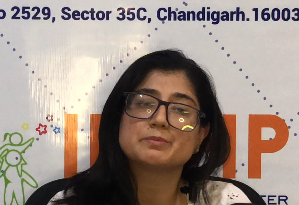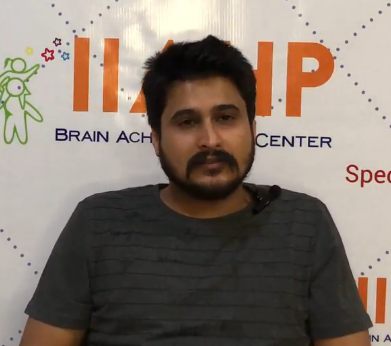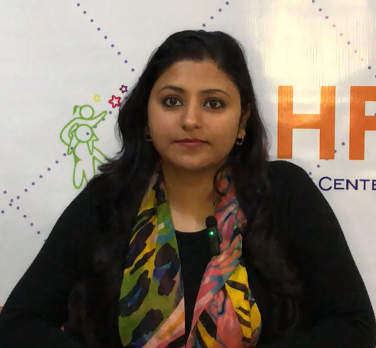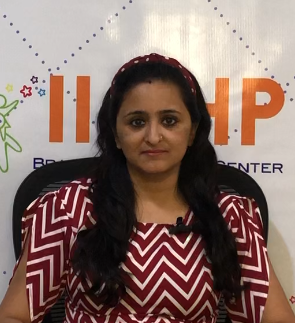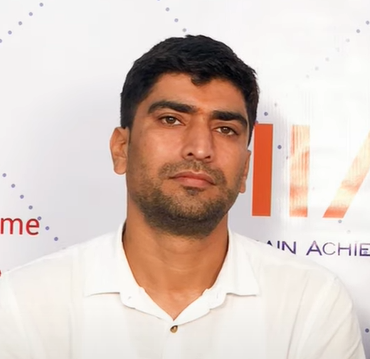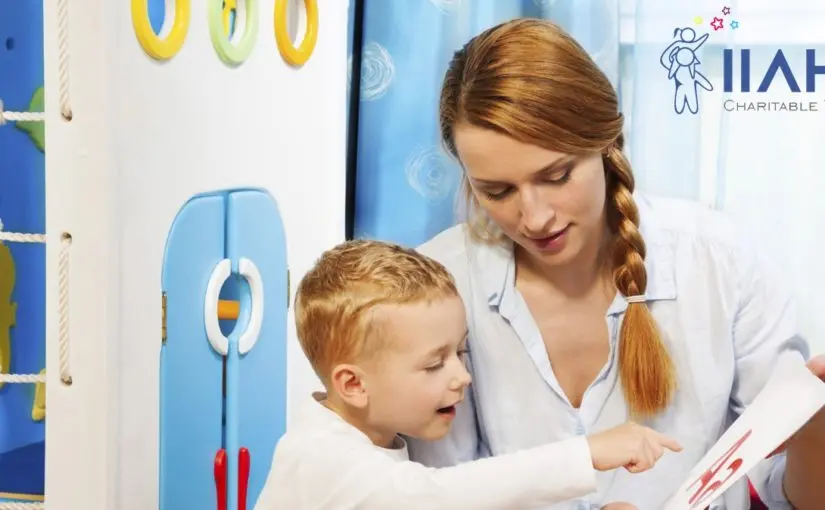Mission Statement
Vision and Mission Statement
To provide the latest and the best therapies available in the world based on the latest research in the human brain development, to put the children back on the right neurological developmental path/track so they can start progressing like a typical child. We use the latest therapies used in Europe and USA that bring fast results.
Our Schedule
Monday to Saturday
9:00 am to 7:00 pm
IIAHP Autism Treatment Center
The brain has the ability to change both physically and chemically, if given the proper stimulation.
Autism Intervention Programs
Specialized programs for children with Autism of age group
1 Month To 17 Years.
From Our Satisfied Client
Your Child Might Be The Next!
Providing The Care Your Child Needs
Conditions We Treat
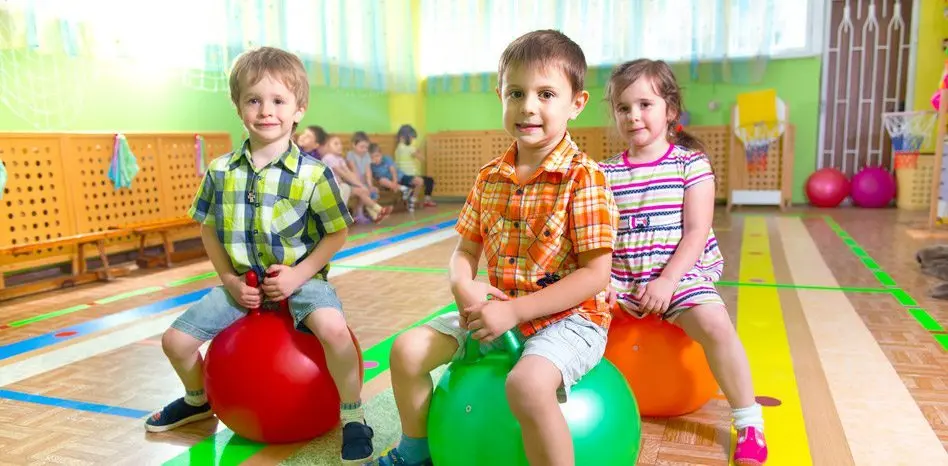
Down Syndrome

Cerebral Palsy
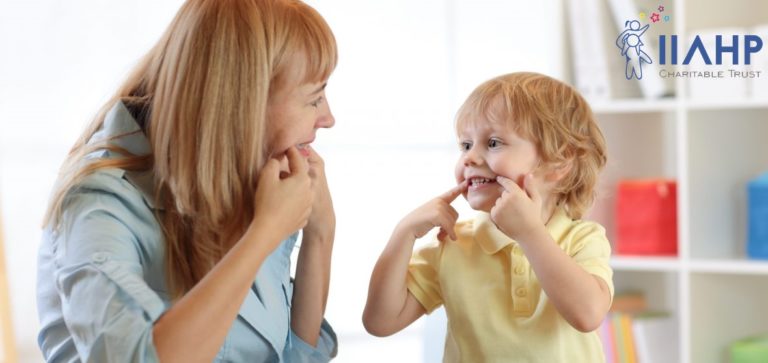
Speech Delay
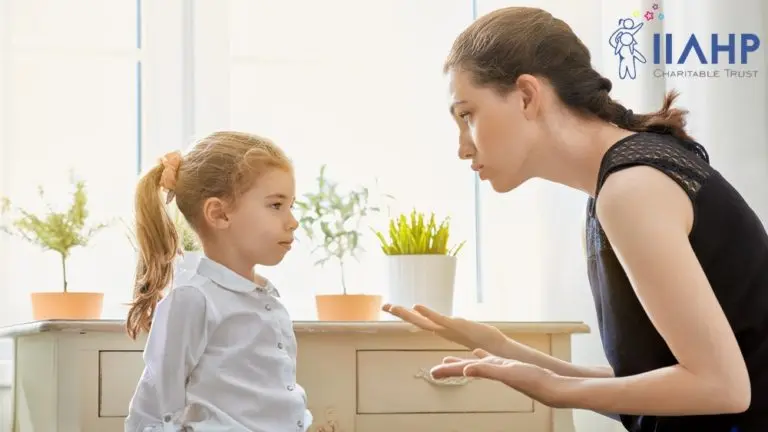
ADHD Therapy

Learning Disabilities
Therapies We Offer
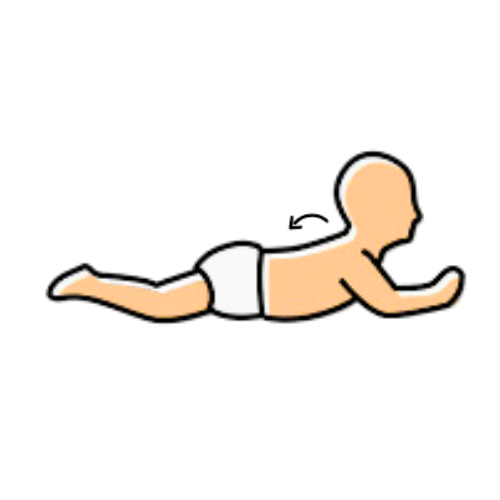
Reflex Integration Program
Reflex Integration techniques work to mature and integrate the primitive reflexes. So the primitive reflexes slowly disappear.
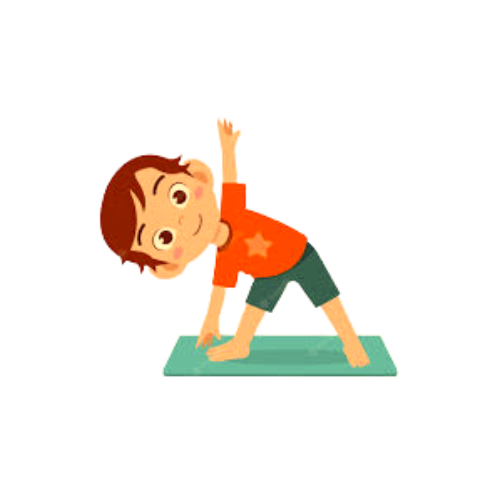
Floor Program for Vestibular & Proprioceptive System
Floor program works to make the Vestibular, Proprioceptive and Spacial System more robust and fast. These systems are the basis for the development of all other neurological circuits in the brain.
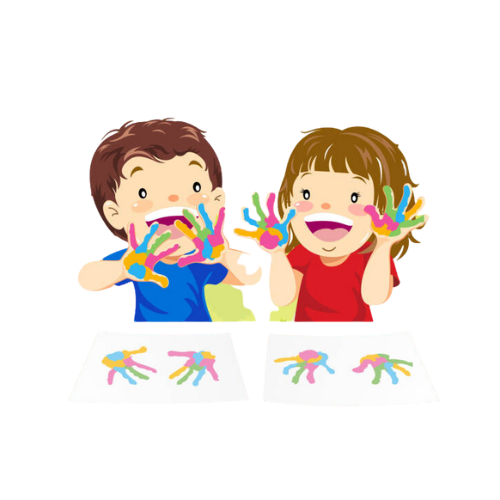
Art & Sensory Integration
A fun filled sensory integration activity. Remember brain performance improves if it is stimulated well, and sensory system is required for providing stimulation.
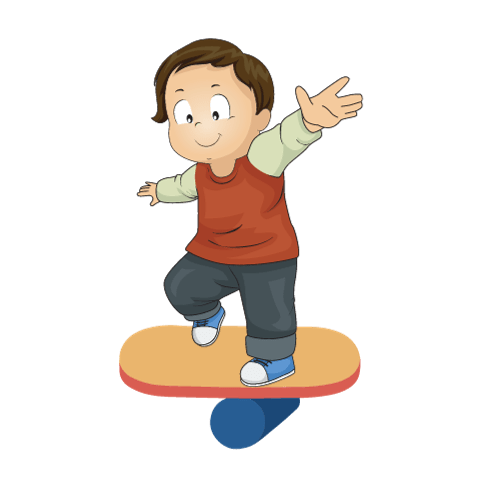
Balance Board
Balance Board exercise and activities can be used to develop abilities such as balance, reflexes, rhythm, sequencing & motor coordination, etc.
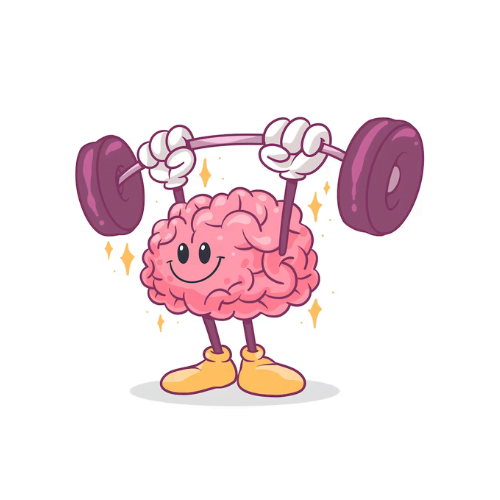
Brain Gym
Brain Gym activities can be used to develop abilities such as rhythm, sequencing, motor coordination, as well as visual and auditory processing skills. Such activities improve learning and mental organization as well.
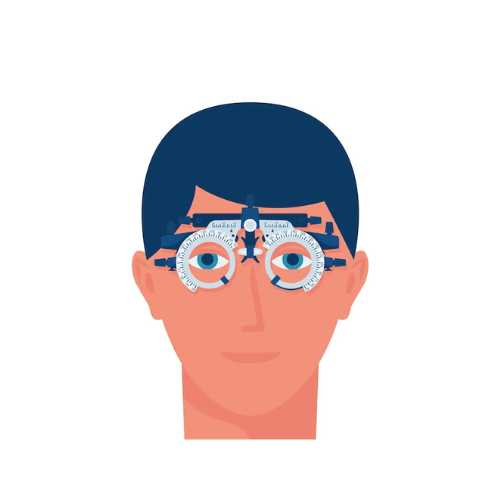
Prism Therapy for Vision
Prism Therapy uses Prisms with Balance Board and Brain Gym Activities to improve Vestibular system, thereby leading to improved vision, eye coordination and eye contact. Even squint is cured with this.
Human brain has over 150 billion neurons and trillions of pathways and networks. Brain can develop new neural pathways and networks, which improve cognitive performance, emotional wellbeing, social confidence, behavior, anxiety and ability to retain academic information. IIAHP Brain Fitness Achievement Program is fine tuned to build and strengthen these pathways, using Sensory Stimulation, Physical Activities, Vestibular-Proprioceptive-Spacial training, Reflex Integration, Auditory and Vision programs, academics (reading, math, writing, encyclopedia, behavior modification) programs, Music and Nutrition.
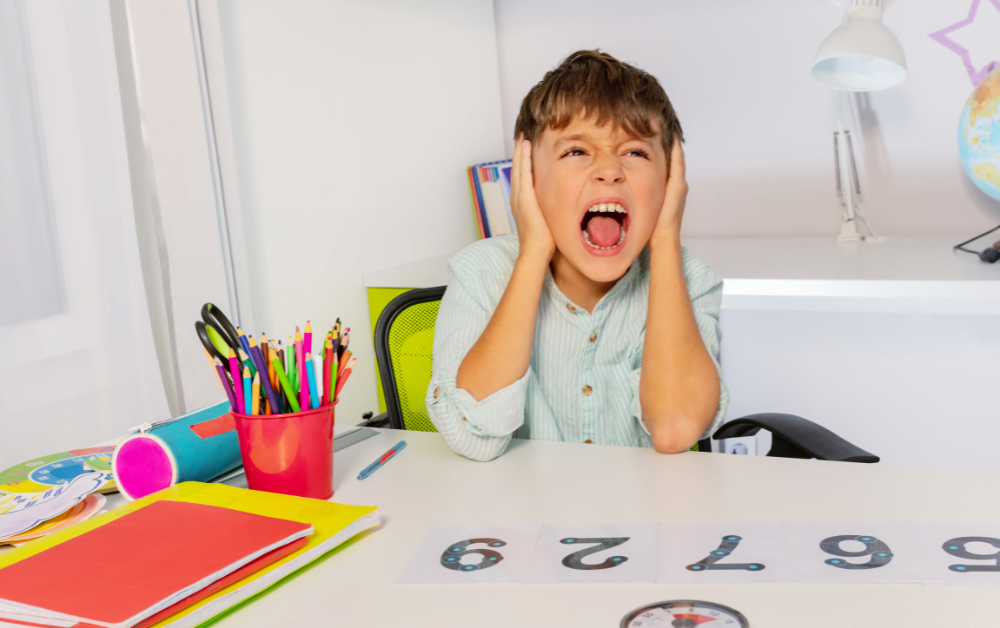
Autism Symptoms
- Milestone delays (sitting, standing, walking)
- Speech delays
- Hyperactivity & Restlessness
- Attention issues
- Reading and writing difficulties
- Social and behavioral problems
- Selective eating
- Fidgety
- Handwriting issues
- School behavior concerns
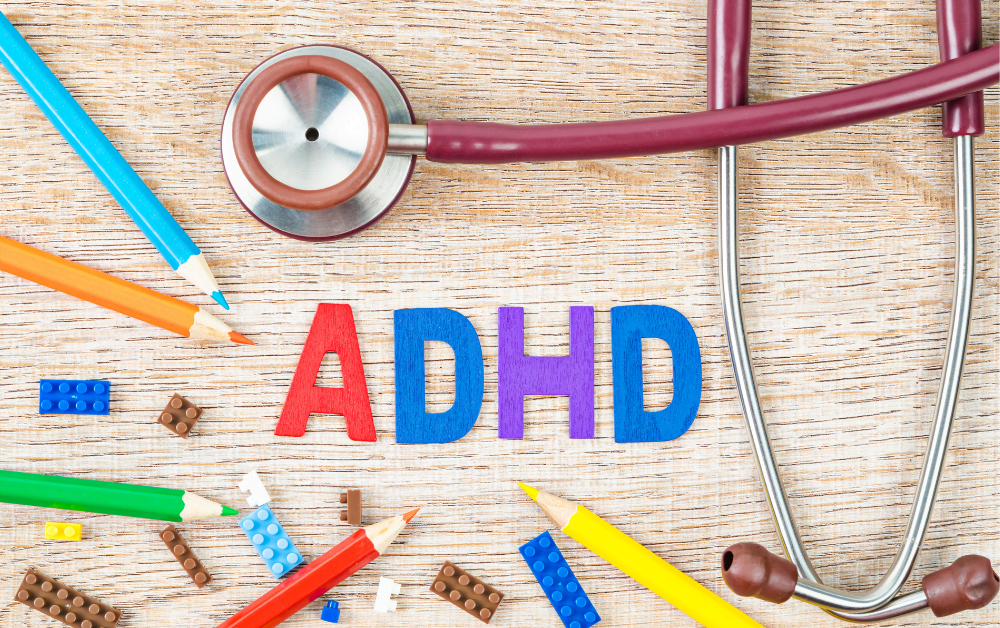
ADHD
- Short attention span and easy distractibility
- Careless errors in tasks, such as schoolwork
- Forgetfulness or misplacing items
- Difficulty sustaining attention on tedious or time-consuming tasks
- Struggling to follow instructions
- Frequent shifts in activities or tasks
- Challenges in task organization
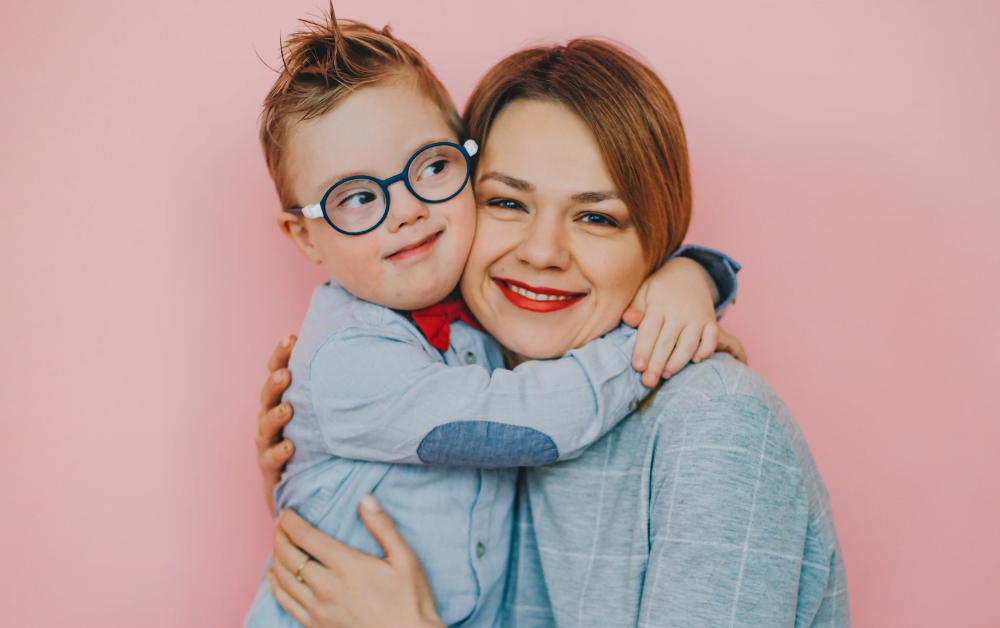
Down's Syndrome
- Flattened facial features
- Small head size
- Short neck
- Protruding tongue
- Upward-slanting eyelids (palpebral fissures)
- Unusually shaped or small ears
- Low muscle tone
- Broad, short hands with a single palm crease
- Relatively short fingers and small hands and feet
- High flexibility
- Tiny white spots on the iris, known as Brushfield's spots
- Short stature
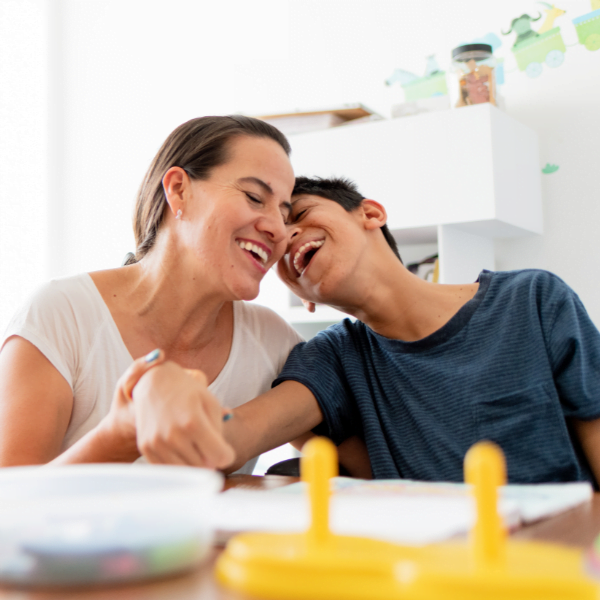
Cerebral Palsy (CP)
- Stiff muscles and exaggerated reflexes (spasticity)
- Variations in muscle tone, ranging from excessive stiffness to floppiness
- Stiff muscles with normal reflexes (rigidity)
- Lack of muscle coordination and balance (ataxia)
- Tremors or jerky involuntary movements
- Slow, writhing movements
- Preference for one side of the body, like using one hand or dragging a leg
- Difficulty walking, with variations like walking on toes, crouched gait, knees crossing, a wide gait, or asymmetrical gait
- Challenges with fine motor skills, such as buttoning clothes or using utensils
- Speech development delays and speech difficulties
- Problems with sucking, chewing, or eating
- Excessive drooling or swallowing issues

Delayed Developmental Milestones
- Slower learning and development compared to peers of the same age
- Achieving rolling over, sitting up, crawling, or walking milestones later than expected
- Challenges in communication and social interaction
- Scoring below average on intelligence tests
- Difficulties in speech or delayed speech development
- Memory-related difficulties
- Trouble linking actions to their consequences
- Struggles with problem-solving or logical thinking
- Learning difficulties in school
- Needing assistance with everyday tasks like dressing or using the restroom.

Learning Disabilities Overview
- Achieving speech milestones at the typical age range of 15-18 months
- Pronouncing simple words
- Recognizing letters and words
- Grasping numbers, rhymes, or songs
- Sustaining focus on tasks
- Following rules and directions
- Utilizing fine and gross motor skills for physical activities.
What People Are Saying
